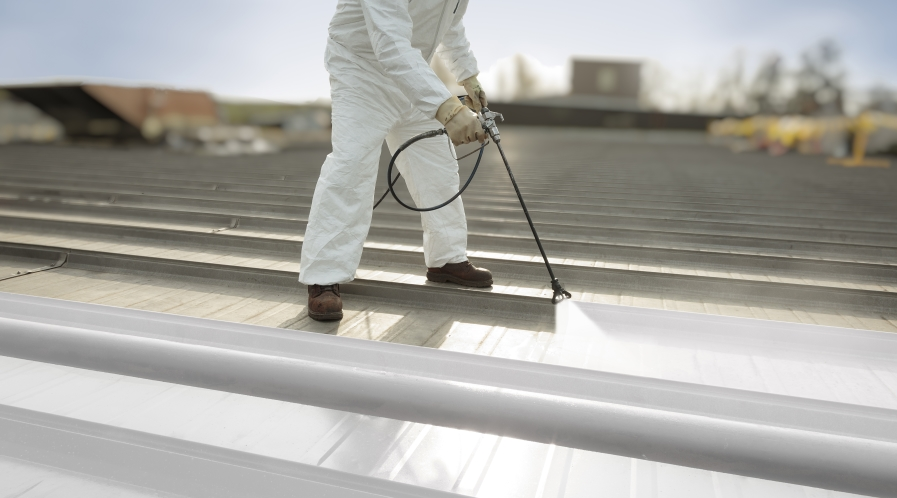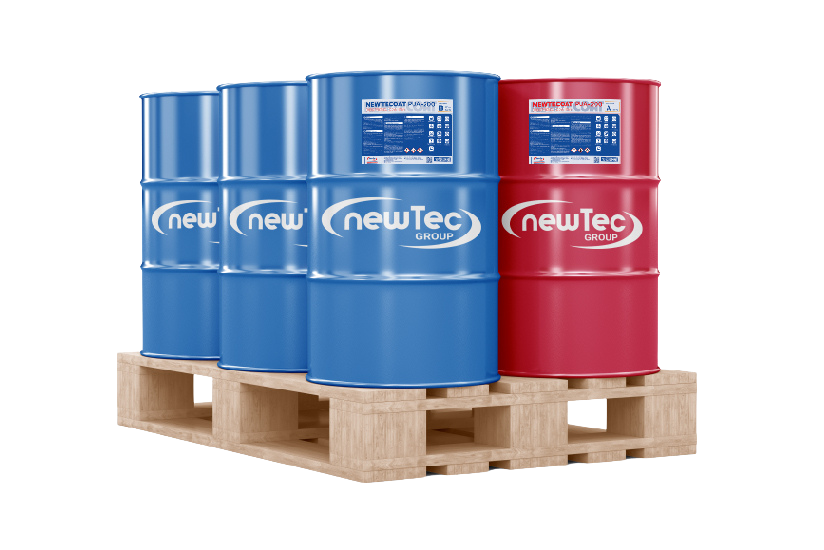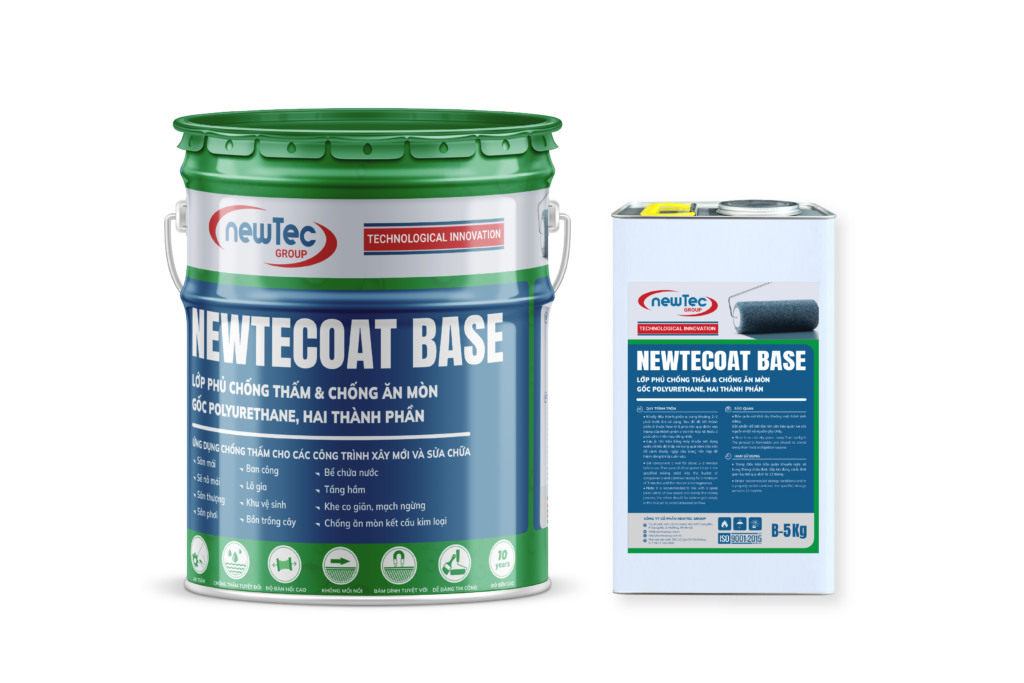Polyurethane is a popular material found in many everyday products, from furniture to insulation. But with its widespread use comes the question: Is polyurethane safe? In this article, we’ll take a closer look at what polyurethane is, explore its benefits, and weigh the potential health risks associated with it. Understanding both sides will help you make informed choices about using polyurethane in your home or workplace.
Key Takeaways
- Polyurethane is generally safe for use in consumer products when handled properly.
- Health risks can arise from exposure to certain chemicals in polyurethane, especially in poorly ventilated areas.
- Benefits of polyurethane include its durability, flexibility, and excellent insulation properties.
- Always follow safety guidelines, including using protective gear and ensuring good ventilation when working with polyurethane.
- Regulatory agencies like OSHA and the EPA provide standards to help ensure the safe use of polyurethane products.
Understanding Polyurethane
What Is Polyurethane?
Polyurethane is an adaptable type of polymer. It’s known for being used in lots of different things, from comfy furniture cushions to strong insulation panels. It’s kind of like the all-rounder of materials because you can make it flexible or hard, just by changing how it’s made. That’s why it’s used so much. It’s made by mixing chemicals called polyols and diisocyanates. The result is a material that can be changed to fit what you need it to do. According to the EPA, polyurethane is widely used around the world in things like construction, cars, and furniture.

Common Uses of Polyurethane
Polyurethane is all around us, even if we don’t always see it. Here’s a quick list of some common places you might find it:
- Furniture: Think about the foam in your couch or chair.
- Insulation: It’s used in walls and roofs to keep buildings warm or cool.
- Car parts: From seats to dashboards, it’s many places inside your car.
- Coatings and Adhesives: They protect surfaces and stick things together.
Polyurethane is a versatile material used in many products. It’s known for its flexibility, durability, and resistance to wear and tear. It’s a popular choice for coatings, adhesives, sealants, and foam insulation.
Chemical Composition of Polyurethane
Polyurethane is different from other plastics because of its special chemical structure. Most plastics are made from just one type of polymer, but polyurethane has a mix of units that come from isocyanates. This mix creates hard and soft sections, which gives it flexibility and strength that other plastics don’t have. Also, you can change the mix to make it work better for different uses. This is unlike other, more basic plastics. The manufacturing of polyurethane involves mixing polyols and isocyanates in specific amounts. This mix is then put into molds or on surfaces, where it grows and gets hard. It’s a pretty cool process that lets you customize it for different uses, whether it’s for soft cushions or strong panels.
Evaluating Health Risks
Potential Health Concerns
Okay, so let’s talk about the possible downsides. Polyurethane isn’t always sunshine and rainbows. Exposure to some of the chemicals used to make it can cause health problems. We’re talking about stuff like respiratory issues, skin irritation, and even allergic reactions. It’s not like everyone’s going to drop dead from touching a foam cushion, but it’s good to be aware of the risks, especially if you’re working with the raw materials or in a factory setting. The EPA guidelines are there for a reason.
Respiratory Issues
Breathing in polyurethane fumes or dust? Not ideal. It can lead to some serious respiratory problems. Think of asthma, bronchitis, and general irritation of your airways. It’s like your lungs are throwing a party, and nobody invited the polyurethane. Prolonged exposure is the real worry here. If you’re constantly around the stuff without proper ventilation, you’re increasing your chances of developing something nasty.
- Make sure there’s good airflow.
- Wear a mask if you’re working with polyurethane.
- If you start coughing or wheezing, get some fresh air.
Skin and Eye Irritation
Direct contact with polyurethane can also cause skin and eye irritation. It’s not fun. Imagine your skin feeling itchy and red, or your eyes burning like you just chopped a thousand onions. Protective gear is a must. Gloves and goggles are your friends. And if you do get some polyurethane on your skin or in your eyes, wash it off immediately with plenty of water. Don’t wait around and hope it goes away on its own.
It’s important to remember that everyone reacts differently. Some people might be super sensitive to polyurethane, while others might not notice anything at all. If you have any concerns, talk to a doctor or other qualified healthcare professional. Better safe than sorry, right?
Benefits of Polyurethane
Polyurethane gets a bad rap sometimes, but it’s pretty useful stuff. Let’s look at some of the reasons why it’s so popular.
Durability and Flexibility
Polyurethane is known for its long life. It can take a beating, which is why you see it in so many different things. Think about it: from the soles of your shoes to the dashboard in your car, it’s everywhere. It’s not just tough, though; it’s also flexible. You can mold it into pretty much any shape you need, which is super handy. Polyurethane coatings last longer than traditional coatings, providing lasting protection.

Polyurethane is known for its long life
Here’s a quick rundown of why durability matters:
- Lasts longer, so you don’t have to replace things as often.
- Stands up to wear and tear, so it looks better for longer.
- Can handle tough conditions, like extreme temperatures or heavy use.
Water Resistance
One of the great things about polyurethane is that water just rolls right off it. This makes it perfect for things that are going to be outside or get wet a lot. Think about boat coatings or even just the finish on your kitchen table. It keeps water out, which stops things from rotting or rusting. Polyurethane’s water-resistant properties make it ideal for use in environments where exposure to moisture is a concern.
I remember spilling a whole glass of juice on my polyurethane-coated table. I panicked, but it just beaded up! Wiped it right off, and you’d never know it happened. That’s the kind of peace of mind you get with this stuff.
Insulation Properties
Polyurethane is a fantastic insulator. It keeps heat in when it’s cold and keeps heat out when it’s hot. This is why it’s used in things like refrigerators and the walls of houses. By using polyurethane, you can save money on your energy bills because your appliances and home are more efficient. Polyurethane provides good insulation properties, which can help in reducing energy costs.
Here’s a simple comparison:
| Material | Insulation Value (R-value per inch) |
|---|---|
| Polyurethane Foam | 5.5 – 6.5 |
| Fiberglass | 2.2 – 2.9 |
| Cellulose | 3.1 – 3.7 |
Safe Handling Practices
Protective Measures
When working with polyurethane, you need to protect yourself the right way. Make sure you wear the proper gear, like gloves, safety goggles, and face masks. I always make sure to use my PPE gear so I don’t end up feeling unwell after a project. Here are a few steps you can follow:
- Wear gloves and coveralls to keep your skin away from the material.
- Use goggles or face shields to protect your eyes from splashes.
- Choose a mask that fits well and stops particles from getting in.
Ventilation Guidelines
Working in an area with good air movement is a must. Opening a window or turning on a fan can help move any fumes away from you. Here are some easy tips:
- Set up your work area near open windows or doors.
- Use fans to help circulate fresh air.
- Avoid working in small or enclosed spaces if possible.
Proper Disposal Methods
Disposal of polyurethane waste should be handled carefully to avoid any risks. Don’t just throw things in the trash without checking the rules around you. Follow these steps to dispose of materials correctly:
- Read local guidelines for disposing of chemical products.
- Do not pour any leftover polyurethane down drains or into regular trash bins.
- Seal containers tightly when they’re not in use to prevent spills.
A quick reference table can help you remember the steps for proper disposal:
| Step | Action to Take |
|---|---|
| 1 | Seal the container tightly |
| 2 | Check with local waste management for guidelines |
| 3 | Bring items to a designated hazardous waste center |
Stay mindful when handling and disposing of these materials. A few careful steps today can prevent a lot of trouble tomorrow.
Regulatory Standards and Compliance
OSHA Regulations
Okay, so when it comes to polyurethane, there are rules. Lots of them. OSHA, or the Occupational Safety and Health Administration, has a big say in how polyurethane is handled in the workplace. They’re all about keeping workers safe, which means setting limits on how much exposure is okay and making sure companies have the right safety measures in place. Think ventilation systems, protective gear, and training programs. It’s not just a suggestion; it’s the law. For example, safety measures are crucial in industries where polyurethane is handled.
EPA Guidelines
The EPA, or Environmental Protection Agency, is another big player. They’re focused on the environmental side of things. That means controlling emissions during manufacturing and making sure that polyurethane waste doesn’t mess up the planet too much. They set guidelines for how much of certain chemicals can be released into the air and water, and they also have rules about how to dispose of polyurethane properly. It’s all about minimizing the environmental impact. The EPA also oversees the production and handling of polyurethane products.
Consumer Product Safety Commission Oversight
Then there’s the CPSC, or Consumer Product Safety Commission. These guys are all about making sure that products containing polyurethane are safe for consumers to use. That includes things like furniture, mattresses, and even some toys. They set standards for flammability, chemical content, and other safety factors. If a product doesn’t meet those standards, it can’t be sold. It’s their job to protect us from dangerous products. Proper labeling is essential for consumer safety.
Environmental Impact of Polyurethane
Sustainability Considerations
Okay, so polyurethane isn’t exactly winning any awards for being eco-friendly. It’s a petroleum-based product, which means its production contributes to the depletion of fossil fuels. Plus, the manufacturing process can be energy-intensive, adding to its carbon footprint. The big question is: can we make it more sustainable? There’s a lot of research going into bio-based polyurethanes, using stuff like vegetable oils instead of petroleum. It’s still early days, but it’s a step in the right direction.
Recycling and Disposal
Recycling polyurethane is a real headache. Unlike some plastics, it’s not easily melted down and reused. There are some chemical recycling methods out there, but they’re not widely used yet. Most polyurethane ends up in landfills, where it can take decades, even centuries, to break down. Improper disposal can lead to soil and water contamination, affecting plant and aquatic life. Here’s a quick rundown of the challenges:
- The complex chemical structure makes it hard to recycle.
- Limited recycling infrastructure.
- Most end up in landfills.
- Biodegradation of polyurethanes is slow, leading to long-term environmental persistence.
The environmental footprint of polyurethane is an ongoing concern, with efforts focused on reducing its negative effects while balancing its benefits in modern applications.
Impact on Indoor Air Quality
One thing people often worry about is the impact of polyurethane on indoor air quality. Some polyurethane products can release volatile organic compounds (VOCs) into the air, especially when they’re new. These VOCs can contribute to smog and air pollution. It’s always a good idea to ensure proper ventilation when using polyurethane products indoors to minimize exposure to these harmful emissions. Here’s what to keep in mind:
- Choose low-VOC or zero-VOC polyurethane products.
- Ventilate rooms well during and after installation or application.
- Consider using air purifiers to help remove VOCs.
| Factor | Impact |
|---|---|
| VOC Emissions | It can affect indoor air quality and contribute to smog. |
| Disposal Methods | Improper disposal leads to soil and water contamination. |
| Recycling Options | Limited, most end up in landfills. |
Consumer Safety Considerations
Certifications to Look For
When you’re buying stuff made with polyurethane, it’s a good idea to check for certifications. These certifications mean the product has been tested and meets certain safety and environmental standards. Think of it like a seal of approval. For example, the GREENGUARD certification is a good one to look for, especially for indoor stuff. It means the product has low chemical emissions, which is good for your indoor air quality. Also, look for labels that tell you about safe use, possible dangers, and how to get rid of the product when you’re done with it.
Best Practices for Home Use
Okay, so you’ve got polyurethane stuff in your house. What now? Here are some things to keep in mind:
- Ventilation is key. If you’re working with polyurethane, like painting or installing something, make sure you’ve got good airflow. Open windows, use a fan – whatever it takes to keep the air moving. This helps reduce your exposure to any fumes.
- Read the labels. Seriously, those labels have important info about how to use the product safely. Don’t just assume you know what you’re doing. Take a minute to read the instructions and warnings.
- Wear protection. If you’re doing something that could get polyurethane on your skin or in your eyes, wear gloves and safety glasses. It’s better to be safe than sorry.
- Clean up spills right away. Don’t let polyurethane sit around. Clean it up with the right cleaner, and get rid of the rags properly.
It’s always a smart move to be careful when you’re using products that contain chemicals. A little bit of caution can go a long way in keeping you and your family safe.
Risks in Poorly Ventilated Spaces
Polyurethane can be generally safe, but things change in spaces without good airflow. If you’re in a room that’s stuffy and doesn’t have much ventilation, any fumes from polyurethane can build up. This can lead to breathing issues, headaches, and other health problems. It’s especially important to think about this when you’re using polyurethane products indoors, like furniture or insulation. Make sure you’ve got some fresh air coming in, even if it’s just cracking a window. And if you start feeling sick, get out of there and get some fresh air.
Wrapping It Up: The Safety of Polyurethane
So, is polyurethane safe? The answer isn’t black and white. It depends on how you use it and what type you’re dealing with. For most everyday products like furniture and insulation, polyurethane is generally safe if you follow the guidelines. Just remember to ventilate well and handle it properly. On the flip side, some forms, especially spray foams, can release harmful chemicals if not used correctly. If you have allergies or breathing issues, you might want to think twice or look for alternatives. In the end, being informed and cautious can help you enjoy the benefits of polyurethane while keeping any risks at bay.
Read more: What Does Polyurethane Do? Understanding Its Benefits and Applications in Woodworking




You may also be interested in
Understanding What Polyurethane Foam When Burned Gives Off: Health Risks and Safety Precautions
Polyurethane foam is commonly used in many products, from furniture to insulation. However, when it
May
Exploring the Question: Is Polyurethane Durable Enough for Everyday Use?
Polyurethane is everywhere, from the cushions on your couch to the insulation in your walls.
May
Exploring the Truth: Is Polyurethane Eco Friendly in Today’s World?
Polyurethane is everywhere these days, from your furniture to your sneakers, but is polyurethane eco
May
Trusted Polyurea Manufacturer for Philippines Supporting Industrial and Construction Excellence
The polyurea market in the Philippines is poised for significant growth from 2025 to 2031,
May
The Role of a Reliable Polyurea Manufacturer for Malaysia in Enhancing Construction Quality
Polyurea coatings have become increasingly vital in Malaysia’s industrial and construction sectors due to their
May
Reliable Polyurea Manufacturer for Cambodia Supporting Industrial and Construction Growth
Polyurea coatings are increasingly recognized for their vital role in the industrial and construction sectors,
May
Meet the Leading Polyurea Manufacturer for Thailand Powering Industrial Applications
Polyurea coatings have become an essential solution in various industrial sectors due to their exceptional durability, rapid curing times, and resistance to
May
Exploring Polyurea Manufacturer & Custom Coating Options in Southeast Asia
Polyurea coatings have become a game-changer in the protective coatings industry due to their remarkable
May